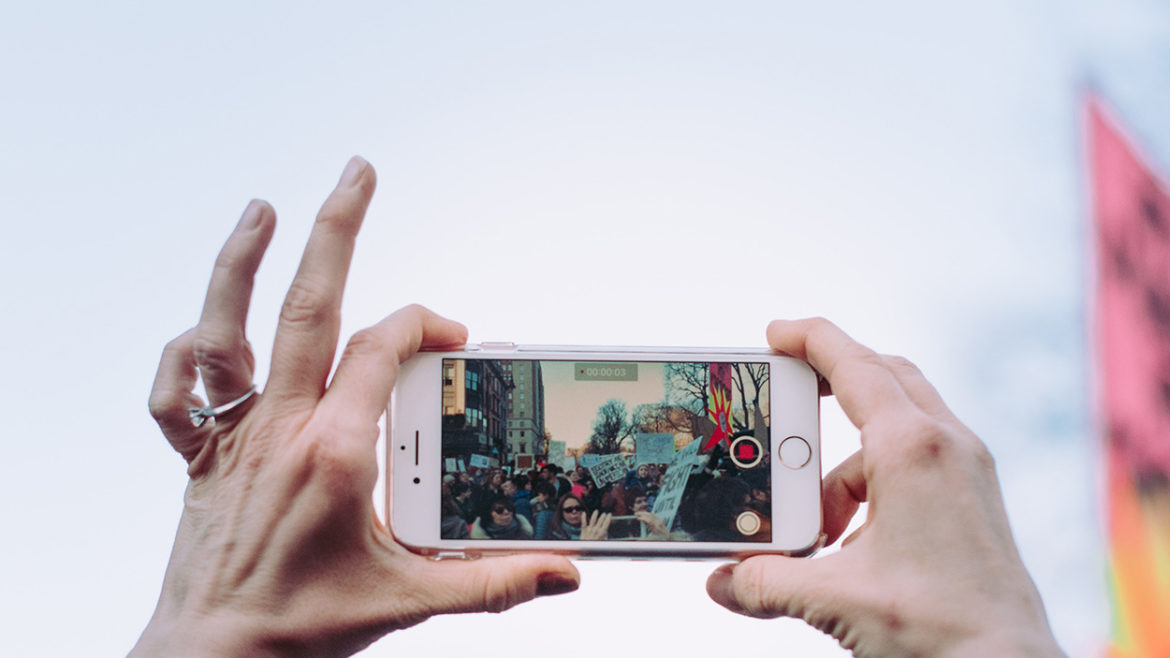Editor’s Note: Shout Out Studio has partnered with students from Miami University (Oxford, Ohio) to mentor, research and write a series of blog posts for shoutoutstudio.com. The authors are members of student-led group, East Bridge Consultancy, an affiliate of Alpha Kappa Psi, a professional business fraternity.
By: Daniel Kuperman & Sean Hynes
When an increasingly complex business environment collides with a decidedly unconventional political landscape, the only certainty is disruption. Although, to many, this bizarre interplay became most visible during Britain’s exit from the Eurozone and the ascendancy of Donald Trump, keen observers noted signs of change well in advance. The prevalence of social media helps facilitate the adoption of oxymorons like ‘alternative facts’ and ‘fake news,’ somehow becoming mainstays in today’s vernacular. These developments point to a deep uncertainty that pervades social interactions, political conversations, and the markets alike. For some brands, this new standard presents a unique opportunity to connect with a targeted audience.
As exemplified by the immigrant-centered Anheuser Busch ad featured during Super Bowl 50, the growing impact of increasing political divisiveness can be clearly seen. It is also no coincidence this commercial — and others like it — were aired during the single most-viewed television event of the 21st century.
Officially, Anheuser Busch played off the immigrant focus as a coincidence. Amidst the contentious debates that followed Mr. Trump’s proposals for deportation, it was quite the timely opportunity for this ad to air. Delving deeper into the elements of this industry leader’s client base and competition lends useful context to this marketing effort. It is no secret that behemoths like Anheuser Busch have been seeing market share erosion for years due to increasingly popular craft beer brands. A common criticism is that such a massive firm adapts too slowly to diverging consumer preferences, whereas its more nimble competitors were founded upon these new tastes. Perhaps this political gesture intended to rebuy the support of millennial consumers using an unapologetically current ad, costing AB as much as $15 million.
Not all companies choose to align with any specific political ideology or movement, but rather embrace a broader theme such as unity seeking widespread appeal. Coca Cola’s #AmericaIsBeautiful campaign aims to evoke a powerful, albeit safer, reaction among their customer base. The ad seems to make the case that despite our differences, we can bond together and enjoy the ubiquitous experience of a Coke. Compared to AB’s commercial, what Coke lacks in boldness it makes up for in mass appeal. For a country appearing to be growing apart on political and social fronts, this may be a wise approach.
The less audacious brands are perhaps in the best company, opting for a neutral stance instead of venturing into potentially hostile social arenas. Well-recognized (and more often than not, publicly traded) companies chose to respond in ways that would not commit them firmly to either support or opposition of Mr. Trump’s actions. A longer-term outlook reveals a danger of staying out of the conversation, however. While this more guarded course of action makes sense from a shareholder-centered perspective, if social tides turn and increase pressure on corporations to take a stand, those who stayed neutral will be first in the line of fire.
As the powers of social media continue to grow at a seemingly exponential rate, this pressure will continue to creep up on corporations. Public relations nightmares have gone from a minor inconvenience to becoming a major catastrophe overnight, with recent occurrences involving Pepsi and United Airlines coming to mind. Whether it was a company releasing the wrong politically charged ad or having employees’ actions reflect poorly on their employers as a whole, companies must be wary of the powers behind making the wrong move, especially with growing pressure to step out of the neutral zone and take a stand. For United, a single failure in PR crisis management resulted in a $250 million net loss in market value.
Individually, these examples are anecdotal at best; extrapolating on any single situation would be ill-advised. Deciphering a best practice may be impossible for industries as a whole, but by engaging with one’s unique audience, companies can aspire to connect on a more profound level with end users.




